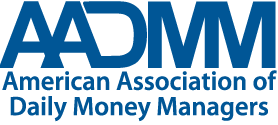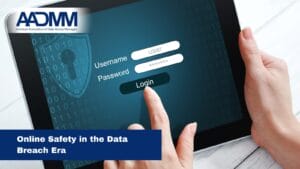
Money. It’s a topic that is often difficult to discuss because we tend not to want to talk about our income and expenses with people. Of course, children are people too, but this is not an area where you want to open the household books to them right away.
With the emphasis on STEM (Science, Technology, Engineering, and Math) subjects in schools, money management and financial awareness are topics that may not be taught to students. Instead, children learn by watching their parents or other adults. They see you spending money but perhaps are not seeing the earnings side of it and think that an ATM is a “money tree” that gives you money whenever you want. Rather than being a daunting subject, you can make this an opportunity to teach the children in your life over time as they grow up.
Money Management for Younger Children
There are a few basic areas that children need to learn about.
The first is to understand the concept of money and how it is earned and used. Another concept is budgeting, which can be taught at an early age. Budgeting can be taught by getting a real cash allowance and dividing it up into the categories of saving, giving, and spending (and for older children, add the fourth category of investing).
When you go out, use cash rather than credit cards to pay for things so that children can see that goods and services cost money. Tell them why you leave a tip and even have a child calculate your desired tip.
By having a savings category in the children’s budget, you can teach them the concept of delayed gratification. The concept of giving will also help teach philanthropy at an early age.
Money Management for Elementary and Middle School Students
The next phase is money management for elementary and middle school students. This can involve an allowance plus the opportunity to earn additional funds by doing optional things around the house. These aren’t the household chores that everyone needs to do because they live at home (cleaning their room, taking out the trash). Instead, these are optional opportunities to help increase their income, so they have more available to put into those categories learned earlier.
This second phase may also be where you identify additional spending budget categories such as clothing or other items that children are taking an interest in. Provide additional allowance to cover these areas they are interested in, but allow the child to spend and learn from their mistakes if they choose not to spend strictly by category.
As an example, they might take an allowance that includes a clothing portion and spend it all on the latest trendy clothes. They later find that they don’t have money for basic clothes and must wear the old stuff longer. This is the time for children to make mistakes with their money and for you to be there to help them understand what happened and why. Since the amounts involved will be smaller, the impact is much less than an adult who ends up deep in debt or in bankruptcy.
High School and Young Adult Money Management
The last phase of money management is geared more toward those in high school and can involve teaching about credit cards and how they are a form of borrowing debt. Teach them how to consider a credit card as short-term borrowing and to pay it off with already-saved money each month. Help them open a checking account and learn how to balance the checkbook to account for money spent but not yet cleared by the bank.
Now is also a good time for you to start teaching about investing. This can help set the stage for learning about businesses and how they operate. Since investing is based on longer timelines, it teaches how to be patient with invested funds and the value of time.
Although it may be uncomfortable to discuss, children whose parents are more open about money will often go on to become good stewards of money themselves. With the struggles that many people have in making ends meet, that’s a gift that can make a powerful difference in the lives of your children over the long term.
Thomas Lapp of Triad Personal Paperwork Services, provides daily money management services from Chadds Ford, Pennsylvania. Thomas is an AADMM member who received both bachelor’s and master’s degrees in Electrical Engineering and has been a logical thinker and detail-oriented person all of his life. For more information: https://www.triadpaperwork.com/
Updated from a blog post originally published June 19, 2021, at: htt,ps://www.triadpaperwork.com/2021/06/teaching-children-about-money-management/













